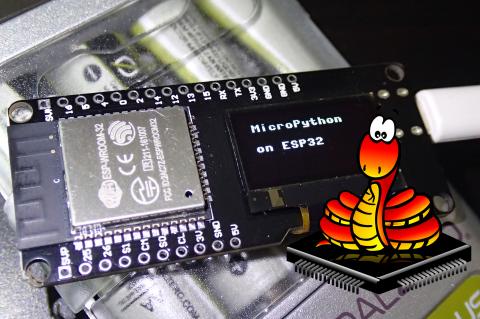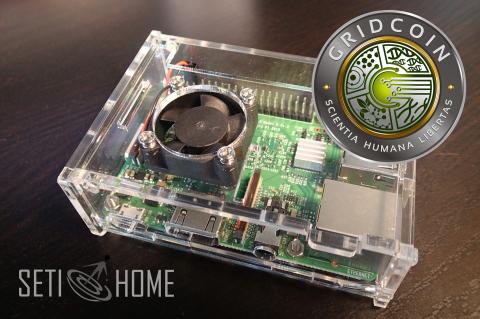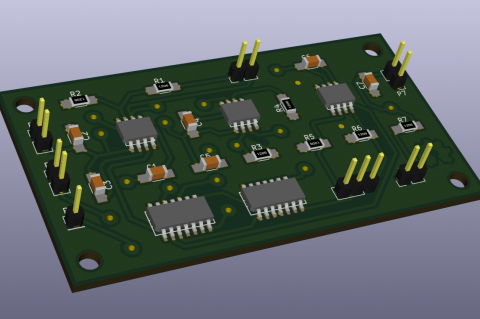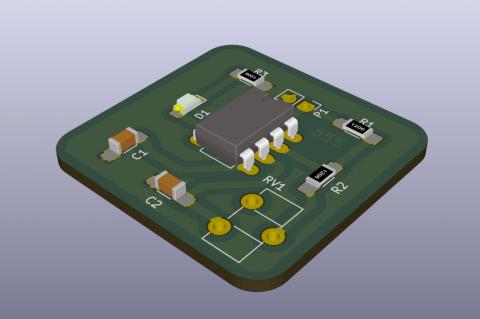18650 battery charger
ezContents 2 April 2018
18650 batteries are known for it's high energy density, but this comes at a price. In order to protect the battery from overcharging or over-discharging a number of ICs need to be used. Luckily these charge and protector circuit boards are readily available for sale in all shapes and sizes. In this blog post I am going to build a charger that uses such a circuit.
Not only the charger can use protection circuitry, but also the battery itself. When buying the batteries make sure that they are protected. I have bought mine in a Chinese online webshop.
MicroPython on ESP32 with OLED SSD1306
ezContents 18 March 2018
MicroPython is a programming language that is derived from his big brother Python and is optimised to run on microcontrollers. In this blog we will focus how to get it running on ESP32 with a SSD1306 OLED display.
Arduino doorbell
ezContents 31 December 2017
If you are a Trekkie, then you must remember the door chime that is played when someone wants to enter a quarters. In this blog I will describe how to create such a doorbell using Arduino Nano and some extra modules.
Mining Gridcoin with Raspberry Pi
ezContents 26 November 2017
Helping scientific research by mining Gridcoins can be satisfactory. You contribute to various projects by donating your CPU power. In return you get Gridcoins. This mining process uses energy and we want to do this in an economical manner.
Bartop Arcade Cabinet - Part 6: Audio system
ezContents 9 June 2017
An important aspect of gaming is sound. For that purpose we will need a set a good speakers and an amplifer that will connect directly to the Raspberry Pi audio.
Debounced clock circuit
ezContents 22 April 2017
The most important part of a computer architecture is a clock circuit. The circuit described here has the option to run freely in a-stable mode and also operate in single step debugging mode. In this post I will describe how to implement this design in KiCad and manufacture a double sided printed circuit board.
Etching 555 astable timer PCB
ezContents 14 April 2017
There is something about blinking leds. Numerous projects are created with the 555 timer chip. To continue the tradition I will describe in detail the creation of a 555 astable timer board that was designed in the previous blog post.
Designing PCB with KiCad
ezContents 14 April 2017
KiCad is a great schematic and PCB design tool. It is easy to learn and fun to use, above all it is free. In this blog post we are going to design a simple circuit based on the 555-timer chip in astable mode.
PCB fabrication - Part 2: Etching
ezContents 8 April 2017
After the dry film is applied to the copper layer, it can be etched. There is an option to use ferric chloride (FeCl3), but it can not be reutilised and needs to be disposed.
PCB fabrication - Part 1: Dry film
ezContents 3 April 2017
Being able to make your own printed circuits boards is a skill that can come in handy. There are several ways to do this and I will describe the one that I use. First part of the process is the creation of a layer on top of the copper that prevents the solvent to dissolve it.




